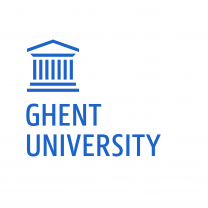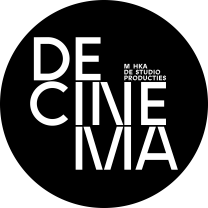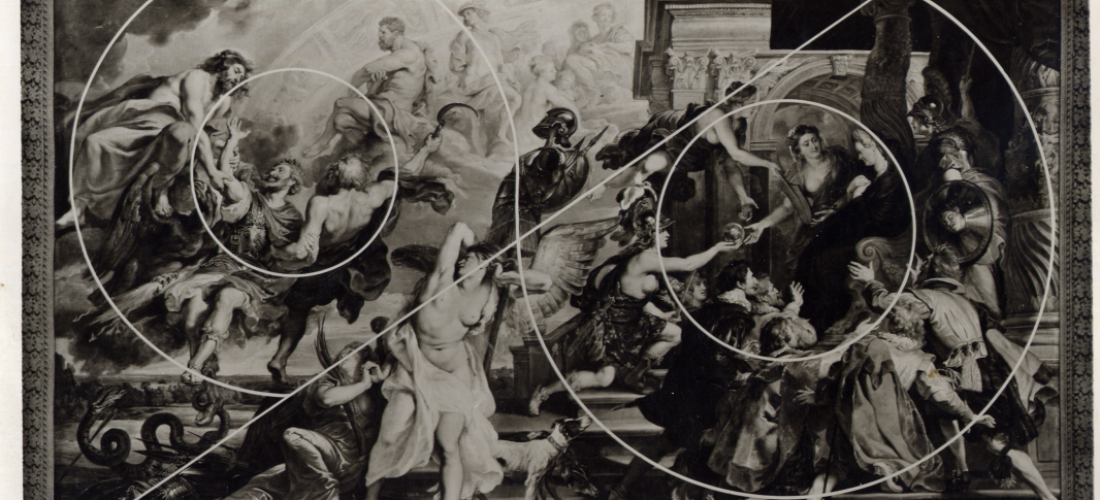It is not until 1877, that the number of reproductions grew exponentially. The festivities organized for his 300th birthday celebration had a significant impact on the quantitative expansion of reproductions, coinciding with a shift from graphic to photographic reproduction techniques.
The 1877 Rubens Year also initiated the scientific study of Rubens in Belgium with Max Rooses as a key figure. Rooses not only compiled the first illustrated oeuvre catalog on the artist in the following years (1886-1892), but also led the publicly funded ‘Committee to collect Rubens’ works in engraved and photographic reproduction’ (1880-1910). Both initiatives resonate with Ludwig Burchard’s creation of an extensive Rubens documentation, which since 1963 formed the basis of the collection of the Rubenianum. It is clear that the impact of mechanical reproducibility for the Rubens scholarship – and its ongoing efforts to encompass the vastness of his oeuvre – cannot be underestimated. The imagined site for such sum total of the artist’s production has always been the Rubens House in Antwerp. Already in 1877, photographer Joseph Maes envisioned a photographic encyclopedia of Rubens’ works to be exhibited in the artist’s former house, as if mechanical reproducibility would allow Rubens’ images to travel back to their point of origin, Rubens’ studio.
In 2024 the Rubenianum is moving its rich collection, joining the Rubens House’s new reception and experience center. With the fusion of the Rubenianum and the Rubens House in a single building, notably on the location where Rubens once kept his own library, Rubens’ pictorial universe thus finally comes home. Meanwhile the institution is in full transition, shelves are being emptied and boxes are piling up. But what exactly are we packing? What is the value of the thousands of reproductions in the form of prints, photographs, and slides in various formats, that have accumulated in the archive over the years? Can the seemingly endless sequence of books on Rubens and his contemporaries still tell us something new? And what space will these objects occupy in the future?
Program
The program and all information on how to register can be found on the website of Ghent University.



